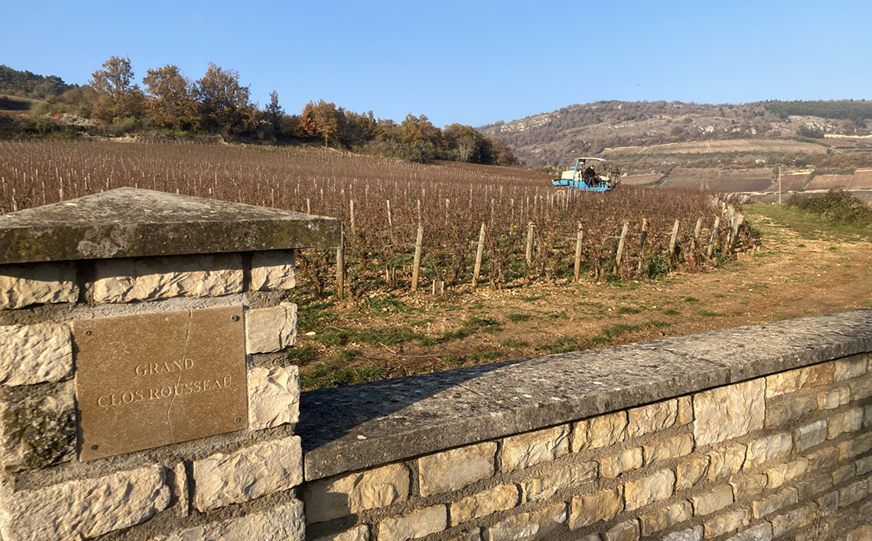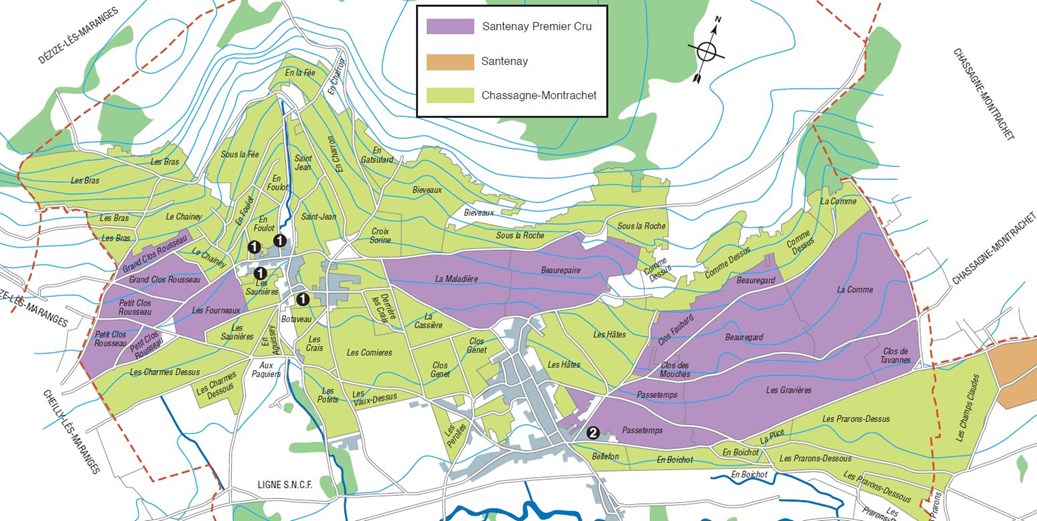2019 Domaine Bachey-Legros

The red and white burgundies from Domaine Bachey-Legros in Santenay were a huge hit in our 2018 en primeur offers, so much so that we re-offered some remaining stocks of the 2017s in the summer. This week we had our first opportunity to taste cask samples of the 2019s, confirming our feeling that brothers Samuel and Lénaïc make some of the best value burgundies we know.
A winning combination of very old vines and a winemaking approach that emphasises richness, produces whites in a luscious style and reds which rival the Cotes de Nuits for concentration and tannic structure. Earlier this year, Tim Atkin MW described their flagship premier cru site thus:
"Clos Rousseau would be much more famous if it were located in Vosne-Romanée or Gevrey-Chambertin rather than Santenay, such is the quality of the wines from this Premier Cru." Tim Atkin MW, Decanter Jan 2020
The Santenay Blanc 'Les Gravieres' 1er Cru was a highlight of our tasting, with mineral aromas and exotic and tropical fruits leaping out of the glass immediately we approached it. Judging by this and by Michelot's Gravieres Blanc (which we will offer later this month) this is a gem of a terroir and one worth knowing about.
Amongst the reds we tasted, the 2019 Santenay 'Clos Rousseau' Les Fourneaux Vieilles Vignes 1er Cru once again asserted itself the equal of wines from more famous, northerly villages, with a particular resemblance to Vosne-Romanée. Brilliant value all of them, we recommend you pounce on these wines whilst they are available.
Offered en primeur, landing late autumn 2021.




